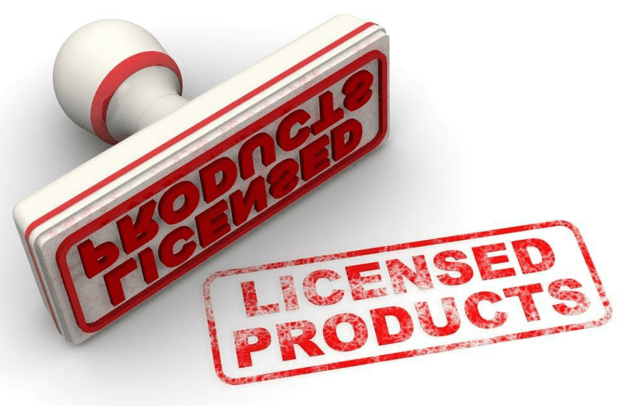You can sell your idea online to a company. While, you won’t be making the product, you’ll sell your idea that the company will use. If you chose this option, you’ll need to sign a document that states you were the one who gave them the idea or has a provisional patent. This will keep you protected if the company wants to sell the idea later.
Signing of an agreement obliges the company to abide by it such as signing a Non-Disclosure Agreement (NDA). This can prevent the company from stealing your product idea. If you have signed an NDA agreement with a company, the company cannot use your idea/invention without paying you. If they do so, they legally break the contract by leaking out your idea. In such situation you can sue the company for breach of contract and ask for your money.
When you seek support from a company immediately asks them to sign a Data Confidentiality Agreement, before disclosing your idea or invention. Some companies will sign a NDA, but unfortunately, most of the sophisticated companies will not enter NDA. So, the number of potential buyers of your idea are limited if you don’t get a patent. You can pitch your ideas to buyers that can sign NDA with you. You can investigate the idea submission policy by searching on the webpage of a company to find out that they would sign the Data Confidentiality Agreement or not. If webpage is not available, you can find people that work for that company through LinkedIn, etc. and ask them if they can sign an NDA agreement or not to listen your product idea. Companies have idea submission policies for e.g., Coca-Cola’s idea submission policy says that you have to make your submission without confidentiality. They ask you to submit non-confidential summary of your idea.
You can maintain a logbook which documents everything in detail including the steps taken for developing your invention. Also, it should include date information for each record. The inventor’s logbook is used to record all the progress of the invention. You should start using the logbook as soon as you get any idea for your invention. Regardless of the approach, you must record the details of all concepts, tests, results, and other information related to your invention. This will help you to show that you developed the invention. So that, in future if somebody applies for a patent with same idea, you can prove that you were the one who first developed the invention.






